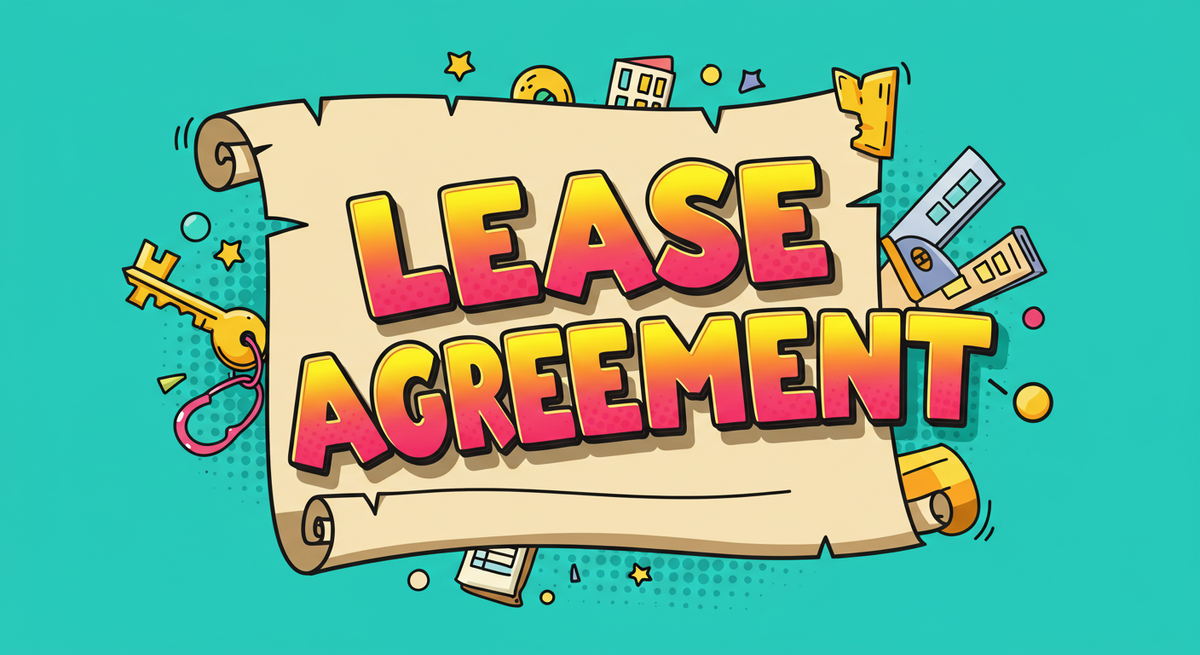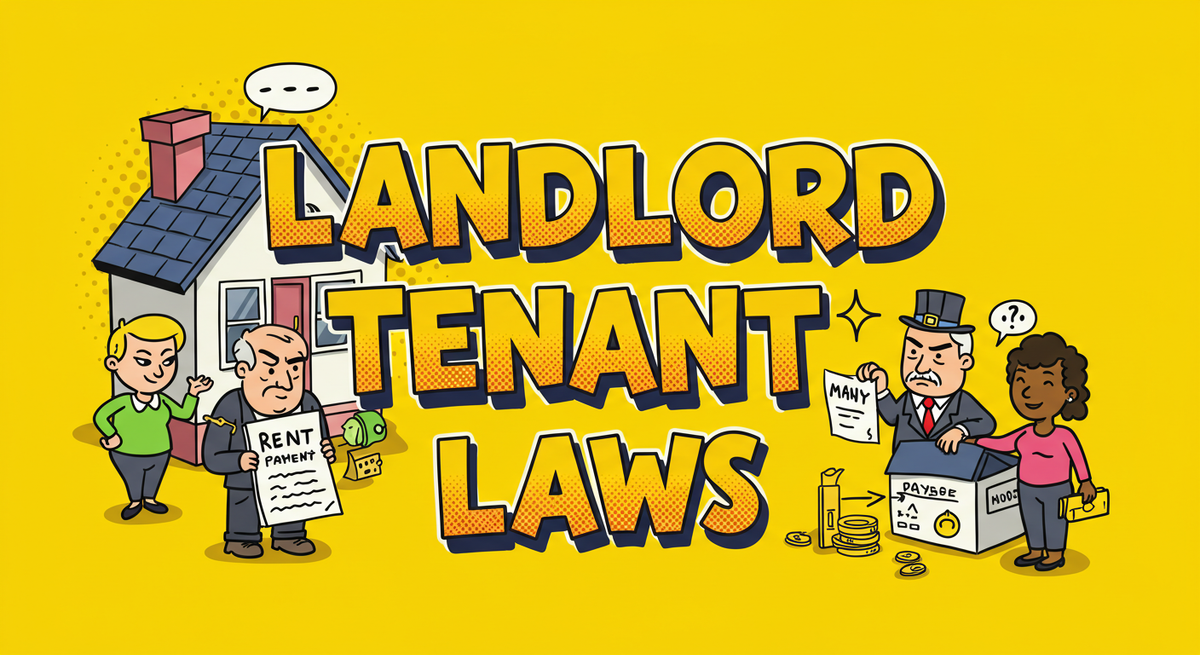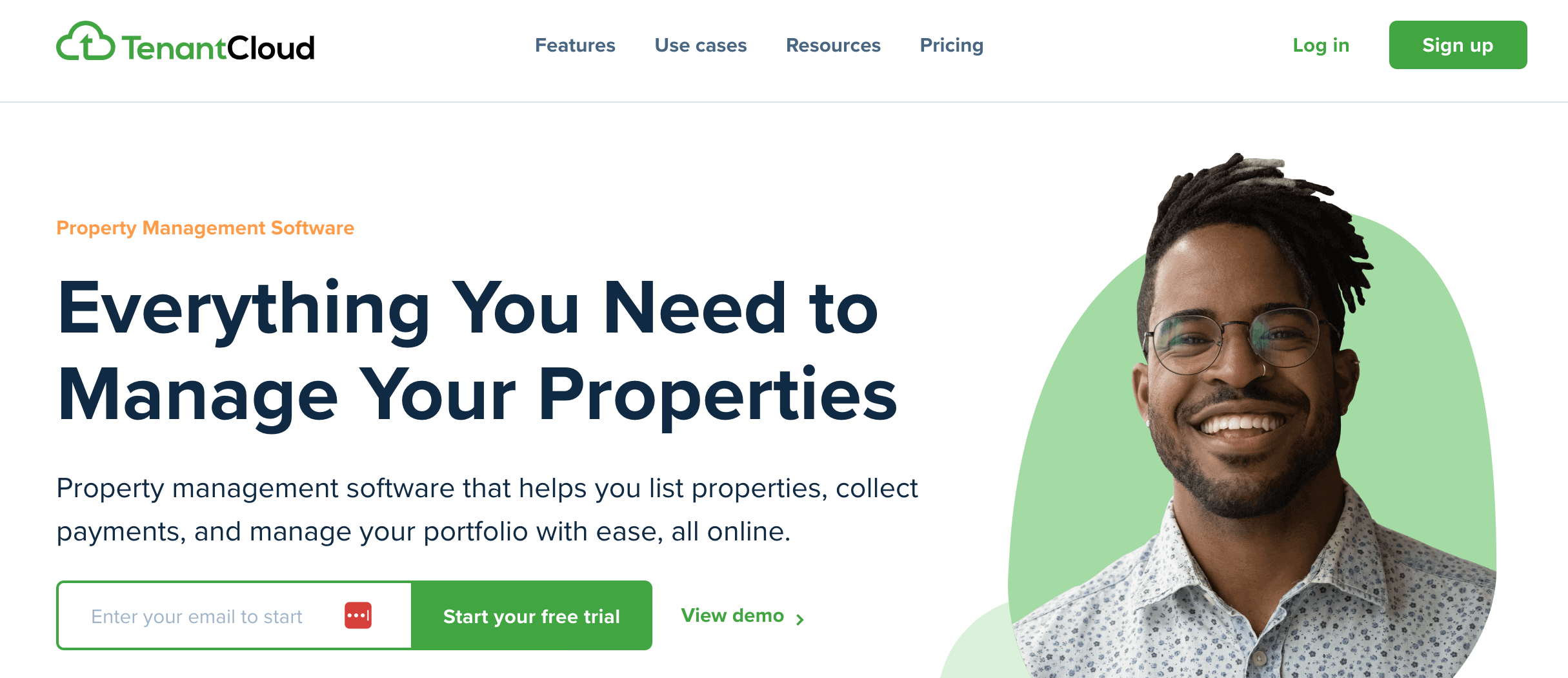Month-to-Month Lease: Rules, 30/60/90-Day Notices, Rent Increases & Best Practices
A month-to-month lease is a rental agreement that continues indefinitely, renewing automatically each month until canceled by either party with proper notice

A month-to-month lease—also known as a periodic tenancy or tenancy at will—is a rental agreement that automatically renews every month until either the landlord or tenant provides proper notice. Unlike fixed-term leases that end on a specific date, month-to-month leases offer ongoing flexibility.
For property managers and landlords, this lease type can be both a blessing and a risk. It offers adaptability in a shifting market and can support higher rents, but also opens the door to tenant unpredictability, legal missteps, and NOI disruption.
In this guide, you’ll learn what a month-to-month lease is, how it differs from other lease types, legal considerations by state, real-world use cases, and best practices to protect your rental business.

📘 What Is a Month-to-Month Lease?
A month-to-month lease is a rental agreement that continues indefinitely, renewing automatically each month until canceled by either party with proper notice. It may arise explicitly—or by default—when a tenant stays after a fixed-term lease ends and continues to pay rent.
Other names: Tenancy at will, rolling lease, periodic lease.
How it begins:
- By written agreement
- By holdover tenant continuing to pay rent
| Lease Type | Renewal | Termination Notice | NOI Predictability |
|---|---|---|---|
| Month-to-Month | Auto-renews monthly | 15–90 days (varies by state; see interactive tool below) | Low |
| Fixed-Term | Ends on set date | If there are no lease violations, notices are not typically utilized until renewal/non-renewal as detailed in the lease | High |

⚙️ Operational Impact & Real-World Use
🔹 NOI & Turnover Risk
A month-to-month lease gives property managers agility—especially in high-demand or volatile markets—but this flexibility comes at a price:
- Higher vacancy risk due to shorter tenant commitment
- Fluctuating rent income compared to fixed-term leases
- Increased turnover costs: cleaning, marketing, showings, and tenant screening
- Lower renewal capture rates, especially in low-occupancy seasons
Every unplanned vacancy eats into NOI. The average turnover cost is $3,872 per unit—and that doesn’t include vacancy loss.
Smart moves:
- Use dynamic pricing to match short-term lease premiums with market risk
- Bundle turnover costs into renewal incentives (“stay 6 more months, get $200 off”)
- Automate renewal workflows to catch lease rollovers in time
Take your property management business operations to the next level through state-of-the-art automation with TenantCloud.
🔹 Compliance Risk: Missed Notices & Legal Costs
Month-to-month leasing opens the door to notice-related errors that can lead to expensive legal consequences. For example:
Missing a statutory notice deadline can invalidate a lease termination—costing you another month of unpaid rent.
According to the American Apartment Owners Association, landlord-tenant disputes that land in court can easily cost landlords upwards of $10,000+.
Stay protected:
- Always give written notice following state timelines
- Maintain timestamped proof (mail receipts, email logs, signed letters)
- Use compliance calendars in your property management software
Month-to-Month Notice Requirements by State
Comprehensive reference for landlord and tenant notice periods across all 50 U.S. states; it's important to note that some states notice time frames change based on the lease term (e.g., MTM, Quarterly Lease, Annual Lease)
Chart Tool Created by LandlordDoc.com
📋 Recent Updates
- 2025-07-28: Colorado sliding scale revised 21-91 → 30-91 days
- 2025-07-10: Washington RCW 59.18.200 amended; tenant notice unchanged
- 2025-06-15: Florida increased from 15 to 30 days statewide
| State | Landlord Notice | Tenant Notice | Rent Increase Notice | Just Cause? | Source | Last Checked |
|---|
🔹 Example: Avoiding Winter Vacancy in a 4-Unit Rental
- Challenge: A long-term tenant moved out in January. It took 3 months to re-lease, costing the landlord $3,600 in missed rent.
- Solution: For the next tenant, the landlord used a month-to-month lease that ended in October with a 60-day notice clause.
- Outcome: They were able to find a new tenant before winter, maintaining 98% occupancy as compared to the long term average of 7.27% vacancy rates nationwide.
- Takeaway: Strategic lease timing with M2M agreements reduces off-season vacancy risk.

⚖️ Legal & Compliance Essentials
While month-to-month leases are legal in every state, the notice period, rent increase rules, and just cause eviction laws vary widely:
🛑 Do & Don’t
- ✅ Always give written notice (30–90 days depending on state)
- ❌ Don’t raise rent without proper timing or outside rent caps
- ✅ Keep dated documentation for notice delivery
- ❌ Don’t assume tenant will remember verbal agreements
6-State Notice Snapshot
| State | Landlord Notice | Tenant Notice | Citation |
|---|---|---|---|
| CA | 30/60 days | 30 days | Cal. Civ. Code § 1946 |
| TX | 30 days | 30 days | Tex. Prop. Code § 91.001 |
| NY | 30–90 days (based on duration) | 30 days | NY RPL § 226-c |
| WA | 60 days | 20 days | RCW § 59.18.200 |
| FL | 15 days | 15 days | Fla. Stat. § 83.57 Timeframe varies based on lease term, but 15 days is applicable on a MTM (Month-To-Month) lease. |
| GA | 60 days | 30 days | O.C.G.A. § 44-7-7 |
🛠️ Best Practices for Month-to-Month Leasing
1. Always Use a Written Agreement
Even if your state allows oral agreements, having everything in writing protects both parties. Use vetted templates or digital lease software.
2. Track Notice Periods by State
Set calendar reminders or use property management software to stay compliant.
3. Convert to Fixed Term When Strategic
Offer lease extensions at natural lease breakpoints. Consider a 3- or 6-month option to stabilize income.
4. Reconcile Deposits Promptly
Know your state’s timeline for returning security deposits (including pet deposits) —anywhere from 14 to 60 days—and use itemized statements.
Should You Use a Month-to-Month Lease?
A quick guide based on tenant quality, market seasonality, and your rental strategy
-
👉 Is the tenant new or unproven?
✔️ Yes → Use a short fixed-term lease first, then reassess.
❌ No → Continue below. -
👉 Is the unit in a seasonal or high-turnover market?
✔️ Yes → Month-to-month provides strategic flexibility.
❌ No → Keep going. -
👉 Are there local rent caps or just-cause eviction rules?
✔️ Yes → Review legal risks before using M2M.
❌ No → Continue below. -
👉 Do you plan to sell, renovate, or occupy the unit soon?
✔️ Yes → Month-to-month offers the control you need.
❌ No → Fixed-term may offer more income stability.
❓ Key Questions Answered
What’s the difference between a month-to-month lease and a fixed-term lease?
A month-to-month lease renews each month and can be ended with notice. A fixed-term lease ends on a preset date and often doesn’t require notice to terminate.
Can I raise rent every month?
Sometimes. It depends on your state. Most require 30–90 days' notice for increases. Check local rent control laws too.
Do tenants still pay a security deposit?
Yes. A month-to-month lease still requires a security deposit, and refund timelines still apply by state law.
📌 Conclusion & Resources
Key Takeaways
- Month-to-month leases offer flexibility, but require precision and policy.
- Legal rules vary state by state, so learn your states notice requirements.
- Used well, M2M leases can reduce vacancy risk, optimize tenant quality, and improve top line revenue through premium rents.

Legal Disclaimer
The information on this website is sourced from publicly available materials and is provided for general informational purposes only. It is not intended as legal, financial, or accounting advice. LandlordDoc.com makes no guarantees about the accuracy or completeness of the information and assumes no liability for any errors, omissions, or outcomes related to its use.










